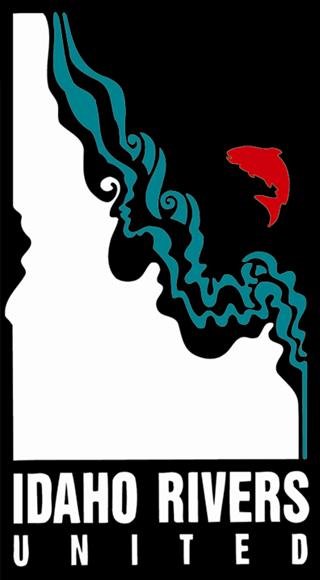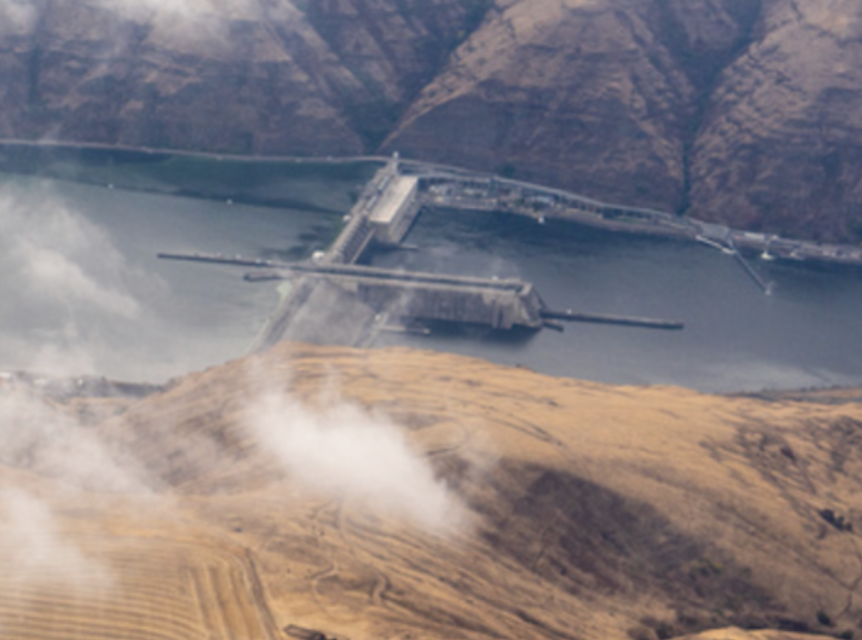IRU attends Hydropower Reform Coalition Hill Week in D.C.
Lower Granite dam on the Snake River. Photo credit: EcoFlight
Last week Idaho Rivers United was back in D.C. as part of the Hydropower Reform Coalition. We spoke with dozens of Congressional offices about a number of bills working their way through the legislative process – some good, some bad. We were also able to meet with a number of agencies, including the Council on Environmental Quality, Department of Energy, and the Federal Energy Regulatory Commission. The priorities for this trip were:
· Ensure that hydropower included in a clean energy standard meets or exceeds regulatory requirements.
· Assessment of existing hydropower to determine which projects meet the needs of the 21st century
· An accounting of greenhouse gas emissions from hydropower projects and reservoirs
· Encouraging retrofits and rehabilitation of dams that increase hydropower capacity and protect river health
· Supporting elevated Tribal sovereignty and consultation in the relicensing process, beyond just a stakeholder level
Three of the bills that IRU is closely monitoring include the Hydropower Clean Energy Future Act from Rep. McMorris Rogers (HR 4045), the Community and Hydropower Improvement Act (S 1521) from Sen(s) Cantwell and Daines, and Low Head Dam Inventory Act (HR 6932) from Rep(s) Edwards and Ryan. Here’s the rundown on these bills and IRU’s stance:
HR 4045 – strongly opposed. This bill would exempt any project under 20MW from the licensing process, stripping regulatory and environmental safeguards from over 90% of Idaho’s hydropower projects.
S 1521 – neutral/somewhat supportive. This bill would enhance agency coordination and collaboration and better respect Tribal sovereignty by shifting Federal Power Act 4E authority to certain federally recognized Tribes. It also has provisions that would weaken Section 18 authority requirements for fish passage at these projects.
HR 6932 – strongly support. Inclusion of low-head dams in the national dam inventory from the Army Corps of Engineers, helping increase public safety and opening up pools of funding for modifications and safety upgrades.


